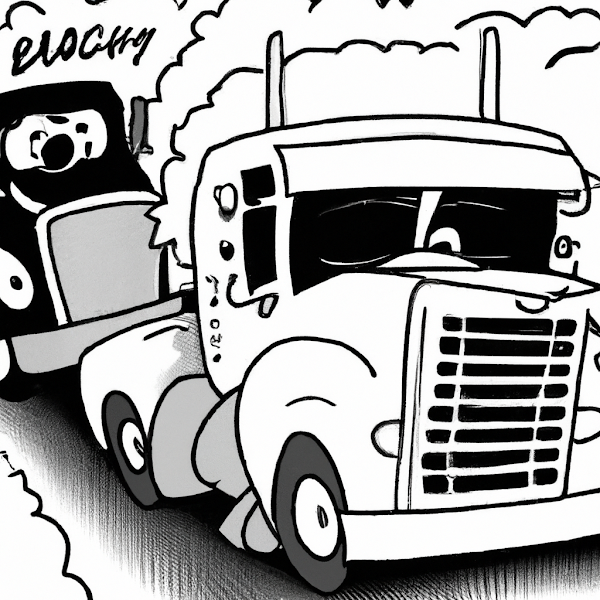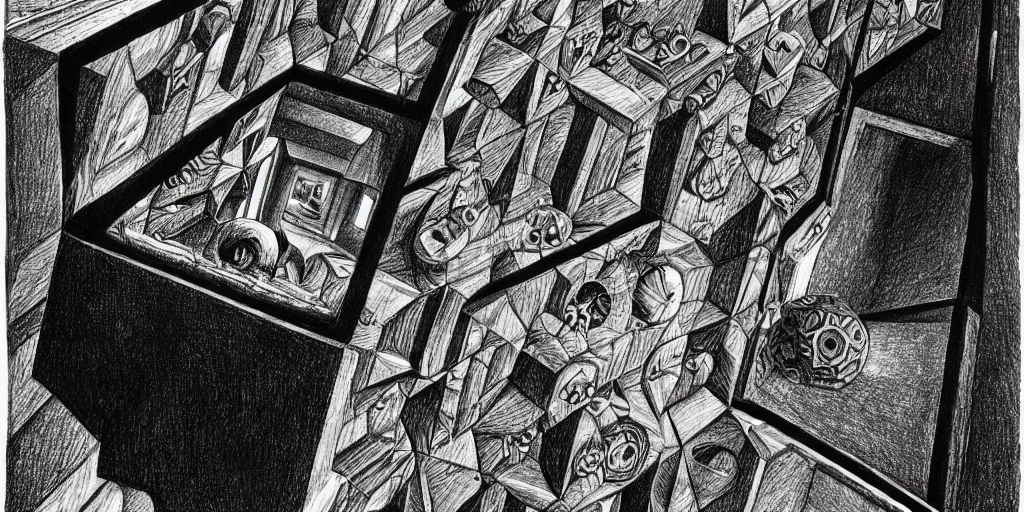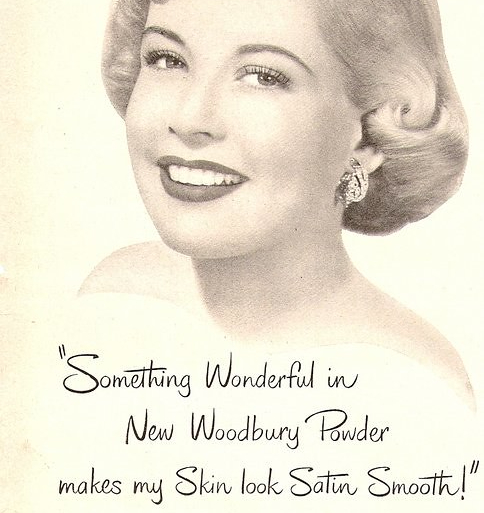What are the California truck standards under their Clean Air Act
California has long been a pioneer in environmental protection, leading the nation in progressive climate change and air pollution regulations. The California Clean Air Act (CCAA) is a cornerstone of the state's environmental policy, aimed at reducing air pollution and protecting public health. A key aspect of the CCAA is the California truck standards, which regulate emissions from heavy-duty trucks and buses to reduce their impact on air quality. This article delves into the intricacies of these standards, their implementation, and their implications for the trucking industry and the environment.
Background: The California Clean Air Act
The CCAA, first enacted in 1988, is a comprehensive air pollution control program that seeks to protect the state's air quality and public health. It addresses criteria air pollutants, including particulate matter (PM), nitrogen oxides (NOx), and other harmful emissions. The legislation grants the California Air Resources Board (CARB) the authority to establish regulations and enforce compliance with the state's air quality goals.
California truck standards
California Truck Standards under the Clean Air Act focus primarily on heavy-duty vehicles, which are significant contributors to air pollution. These regulations target trucks and buses weighing more than 14,000 pounds and set strict emissions standards for new vehicles, as well as retrofit requirements for older vehicles. The following sections outline the key components of these standards:
- The Heavy-Duty Low NOx Omnibus Regulation: Adopted in 2020, the Heavy-Duty Low NOx Omnibus Regulation aims to reduce NOx emissions from new heavy-duty trucks by 90% by 2027. The regulation establishes progressively stricter standards over several years, encouraging manufacturers to develop advanced emissions control technologies.
- The Truck and Bus Regulation: mandates that heavy-duty diesel vehicles meet specific emissions standards or be retrofitted with approved technologies. The regulation requires vehicle owners to upgrade their trucks and buses to meet progressively more stringent PM and NOx emissions standards, ultimately reaching compliance with 2010 or newer model-year engines.
- The Advanced Clean Trucks (ACT) Regulation adopted in 2020, focuses on zero-emission vehicles (ZEVs). It requires manufacturers to increase the percentage of medium- and heavy-duty ZEVs: in their California sales, starting in 2024. The goal is to have 100% of new medium- and heavy-duty vehicles sold in California be ZEVs by 2045.
Compliance and Enforcement
CARB enforces the California truck standards through various mechanisms, including:
- New vehicle certification: CARB certifies new vehicles and engines to ensure they meet the required emissions standards before entering the market.
- Periodic inspections: CARB conducts regular inspections of heavy-duty vehicles to verify compliance with emissions standards.
- Reporting requirements: Fleet owners must report their vehicles' compliance status to CARB annually, providing information on retrofits, replacements, and other actions taken to meet emissions requirements.
Implications for the Trucking Industry and the Environment
The California truck standards have significant implications for the trucking industry, the environment, and public health. The regulations drive innovation in emissions control technologies and promote the adoption of cleaner, more efficient vehicles. As a result, the trucking industry is gradually shifting towards zero-emission technologies, which can reduce operating costs, improve air quality, and mitigate climate change.
However, compliance with these stringent standards can also be challenging and expensive for vehicle owners and operators, particularly small businesses. Retrofitting older vehicles or replacing them with newer, cleaner models can impose significant financial burdens on fleet owners.
The California truck standards under the Clean Air Act represent a bold and ambitious approach to combating air pollution and protecting public health. By imposing strict emissions standards on heavy-duty vehicles and promoting the adoption of zero-emission technologies, California is making significant strides towards improving air quality and mitigating climate change.
While the costs of compliance can be challenging for some fleet owners, the long-term benefits of cleaner air and a healthier environment far outweigh these short-term expenses. As other states and countries look to California as a model, the impact of these pioneering truck standards will likely continue to grow, driving innovation and transformation in the global trucking industry.
How will California's truck standards affect truck drivers from other states
California's truck standards will have implications not only for in-state truck drivers and fleet owners but also for those from other states. When out-of-state truck drivers enter California, they must comply with the state's regulations, which can have several effects on their operations:
- Compliance costs: Truck drivers and fleet owners from other states may face additional costs to ensure their vehicles meet California's stringent emissions standards. This could involve retrofitting existing trucks with emissions control technology or replacing older vehicles with newer, compliant models. These costs may be particularly burdensome for small businesses and owner-operators with limited financial resources.
- Operational adjustments: In some cases, out-of-state truck drivers and fleet owners may need to make operational adjustments to comply with California's truck standards. This could involve modifying routes to minimize time spent in California, leasing or renting compliant vehicles for California-bound deliveries, or partnering with in-state carriers to handle California-specific operations.
- Increased record-keeping and reporting: Out-of-state truck drivers and fleet owners operating in California may be subject to additional record-keeping and reporting requirements, as mandated by the California Air Resources Board (CARB). This can include documenting compliance with emissions standards, providing proof of vehicle retrofits or replacements, and submitting annual reports detailing fleet compliance status.
- Potential penalties for non-compliance: Non-compliant out-of-state truck drivers and fleet owners may face fines and penalties for failing to adhere to California's truck standards. This can result in increased costs and potential disruptions to their operations.
- Market competitiveness: Out-of-state truck drivers and fleet owners that invest in meeting California's emissions standards may gain a competitive advantage over those that do not. By operating cleaner, more efficient vehicles, they can potentially reduce fuel costs, minimize the risk of regulatory penalties, and appeal to environmentally conscious customers.
- Encouraging innovation and adoption of clean technologies: California's strict truck standards can also serve as a catalyst for out-of-state truck drivers and fleet owners to adopt cleaner technologies, even if their home state does not have similarly stringent regulations. This can lead to broader adoption of advanced emissions control technologies and zero-emission vehicles, contributing to reduced emissions and improved air quality on a larger scale.
California's Pollution Problems
California, the most populous state in the United States, has long struggled with air pollution, particularly in its urban centers. The use of motorized vehicles is a significant contributor to the state's air quality problems, with emissions from cars, trucks, and buses leading to a range of environmental and public health issues. This report provides an extensive analysis of California's pollution problems, focusing on the role of motorized vehicles and the efforts to address their environmental impact.
Air pollution in California is a multifaceted issue, with several key pollutants posing significant risks to both the environment and human health. These pollutants include:
- Particulate Matter (PM): Fine particles suspended in the air, which can penetrate deep into the respiratory system and cause health problems, such as asthma, bronchitis, and heart disease.
- Ozone (O3): A major component of smog, formed through a chemical reaction between volatile organic compounds (VOCs) and nitrogen oxides (NOx) in the presence of sunlight. Ozone can cause respiratory problems and exacerbate existing health conditions, particularly among vulnerable populations, such as children and the elderly.
- Nitrogen Oxides (NOx): A group of gases that contribute to the formation of ground-level ozone and PM, as well as acid rain and water pollution.
- Carbon Dioxide (CO2) and Greenhouse Gases (GHGs): CO2 and other GHGs trap heat in the Earth's atmosphere, contributing to global warming and climate change.
Motorized Vehicles and Air Pollution in California
Motorized vehicles are a significant source of air pollution in California, with the state's vast transportation network producing large quantities of harmful emissions. The following statistics highlight the scale of the problem:
- Transportation accounts for approximately 50% of California's greenhouse gas emissions, with the majority of these emissions coming from cars and light-duty trucks.
- Heavy-duty trucks contribute to approximately 33% of the state's NOx emissions and 26% of its PM emissions, despite making up a smaller proportion of the overall vehicle fleet.
- California has more than 30 million registered vehicles, with vehicle miles traveled (VMT) increasing steadily over the past decades, further exacerbating the state's air pollution challenges.











